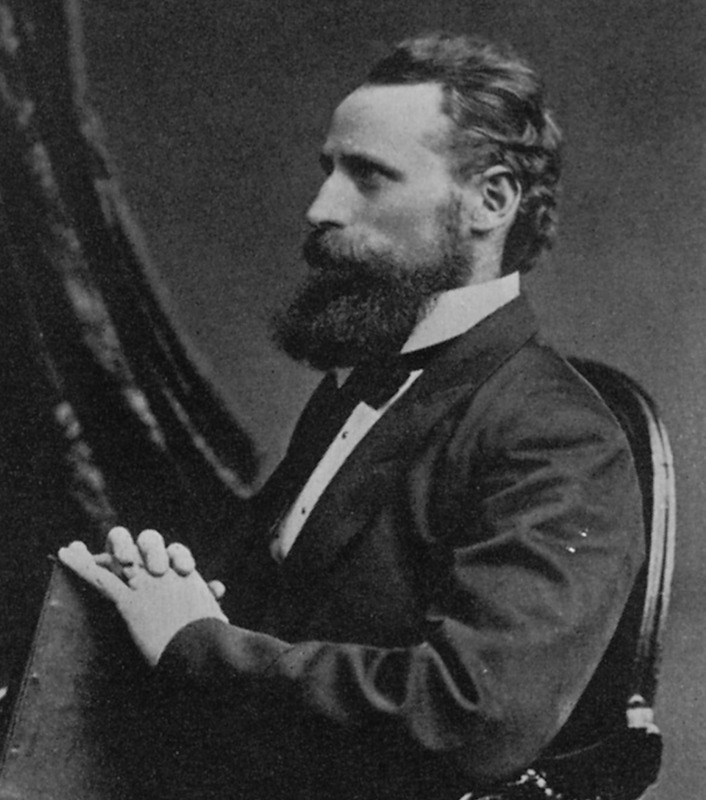Description
Dealer and historian of Italian art who served as the middle-man between Donna Laura Minghetti and Theodore Davis in the acquisition of the 'Donna Laura Minghetti Leonardo.' As an academic, he focused his studies on Leonardo Da Vinci.
Creator
Claire Summa
Source
"Ritcher, Jean Paul." Dictionary of the Art Historians. Dictionary of Art Historians, n.d. Web. Date Accessed: April 2016.
Biographical Text
Because his father was a respected clergyman, Richter started off in theology, traveling through Europe and the East frequently as a student. This led to a job writing for Karl Baedecker, who published infamously non-PC travel guides. He met Morelli in 1876, who heavily influenced his career and provided him with letters of introduction when he moved to London in 1877. He first published in 1878, and then turned his focus to the Italian Renaissance (following Morelli's Method). In 1883 he published "Literary Works of Leonardo," a scholarly examination of his notebooks and other works. Richter is responsible for introducing the young American art historian, Bernard Berenson, another Morelli disciple. Starting in April of 1898, Richter began meeting with Theodore and Emma for lunch and other social occasions, to discuss art and eventually the 'Donna Laura Minghetti Leonardo.' He and Theodore physically acquired the painting on April 20th, 1898.
Ritcher continued life as a scholar of Leonardo, publishing more books on art. He was a very successful collector and dealer. His personal collecting philosophy was to only own one work of a particular artist, and then sell that work if he acquired a better work from that artist. A businessman at heart, he often chose personal monetary gain (dealing) over artistic scholarship and preservation (donation to a museum); this led to a controversial reputation for most of his career. His last book, co-written with his daughter, another art historian, was published just after his death in Lugano, Switzerland.
Ritcher continued life as a scholar of Leonardo, publishing more books on art. He was a very successful collector and dealer. His personal collecting philosophy was to only own one work of a particular artist, and then sell that work if he acquired a better work from that artist. A businessman at heart, he often chose personal monetary gain (dealing) over artistic scholarship and preservation (donation to a museum); this led to a controversial reputation for most of his career. His last book, co-written with his daughter, another art historian, was published just after his death in Lugano, Switzerland.
Birth Date
1847
Birthplace
Dreden, Germany
Death Date
1937
Occupation
Dealer and historian of Italian art, with a focus on Leonardo Da Vinci.
Bibliography
Seybold, Dietrich. "The Mysterious 'Donna Laura Minghetti Leonardo': Re-opening the Case." Microstory of Art, 17 Feb. 2016. Web. Date Accessed: March 2016.
Andrews, Emma B.Journal on the Bedawin, Volume 5 : 1897-1898.
Andrews, Emma B.Journal on the Bedawin, Volume 5 : 1897-1898.
Notable Family Members
His father was the distinguished Lutheran clergyman, Karl Edmund Richter.
Abbreviated Biography
Dealer and historian of Italian art who served as the middle-man between Donna Laura Minghetti and Theodore Davis in the acquisition of the 'Donna Laura Minghetti Leonardo.' As an academic, he focused his studies on Leonardo Da Vinci.
Citation
Citation
Claire Summa, “Richter, Jean Paul,” The Emma B. Andrews Diary Project, accessed December 17, 2025, http://emmabandrews.org/project/items/show/118.

